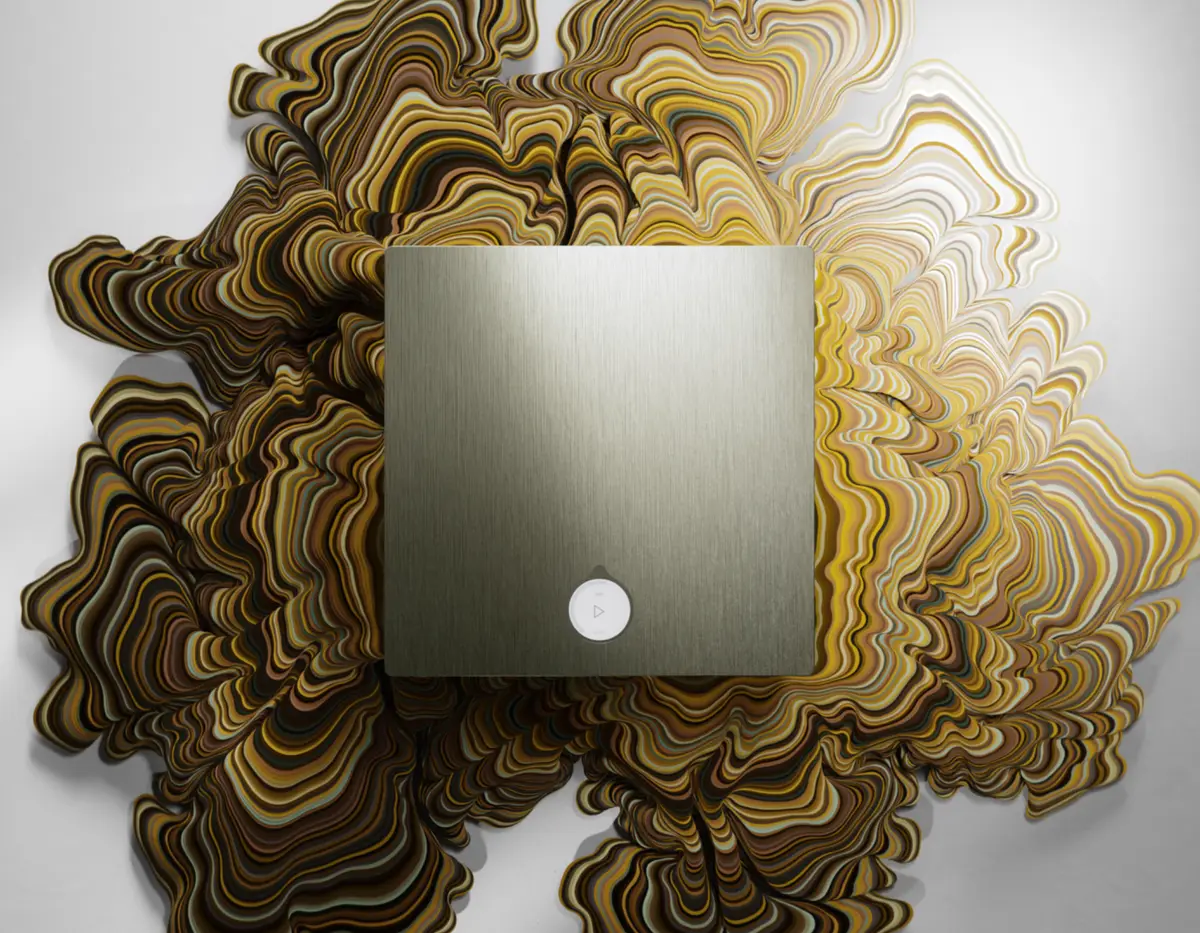USD $20000 | GBP £18,000 | EUR €16,000 | AUD $29,900 | CAD $27500
Pros
- Luxurious, ultra-slim aluminum design
- Hybrid Class A+D amplification with 150W (8Ω) / 300W (4Ω) power output
- Speaker Active Matching (SAM) improves bass and timing accuracy for supported speakers
- Incredible soundstage and imaging
Cons
- No HDMI input
- Supports very few streaming services
- Extremely expensive — $20,000 base, $25,000 for Opéra de Paris edition
I’ve been reviewing HiFi products for two years now, and I’ve lost count of how many amplifiers I’ve written about. Almost every component I’ve seen is a boring white or black box with a screen or some meters; that’s just how they are. So you could imagine my surprise when I came across the Devialet Astra integrated amplifier, which breaks every design convention I’ve come to expect.
What makes this amplifier so different? Devialet is an audio technology company based in France. It is known for its high-end speakers, amplifiers, and wireless earbuds. They’re recognized for combining cutting-edge technology with luxurious design, particularly their acclaimed Phantom Bluetooth speakers. The Astra continues this design philosophy, but takes it to another level entirely. It looks more like a premium piece from Hermès than traditional HiFi equipment.
Devialet Astra: Design
The Devialet Astra has a compact and minimalist design. Its chassis is made from a single block of Aluminum, and Devialet says they used Aluminum because of its thermal conductivity, which helps in heat management. The chassis has a matte, brushed finish, and it comes in two colors, Light Bronze and Gold Leaf. The gold finish is a special edition of the Astra; its name is Opéra de Paris. It will cost you an extra USD $5000 on top of the base $20000.
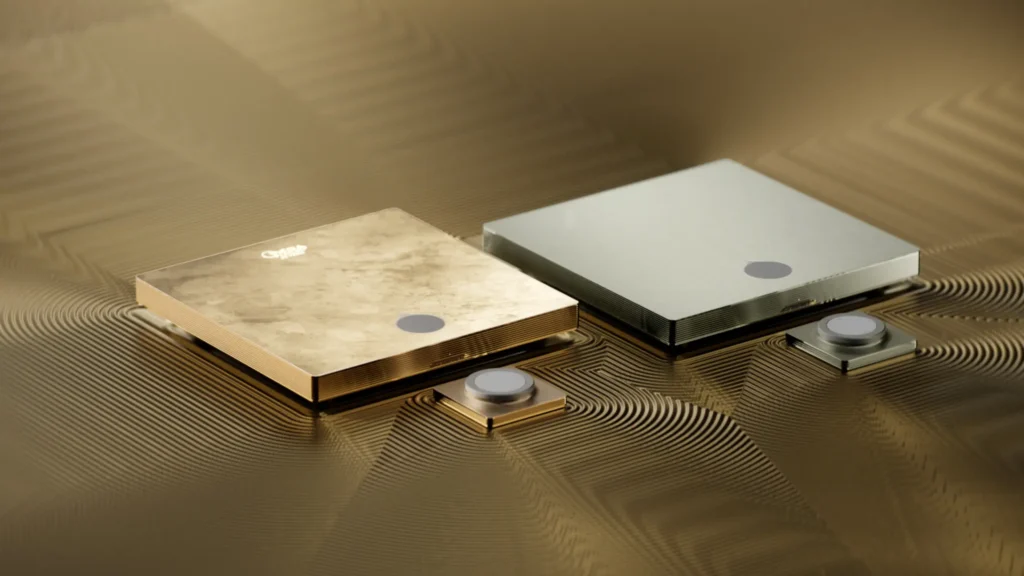
The Astra is very thin, with a thickness of only 2 ½ cm, or just over an inch. It weighs about 16 lbs, which makes it very easy to move around. The front panel is simple; it has a screen and two buttons. This integrated amplifier sits very low, and the top plate stretches over the back panel, which has the inputs and outputs. This might make it a little hard to reach the connections if you’re working from the front, but you can easily pick up the Astra and turn it around; it doesn’t weigh much.
The Devialet Astra also comes with a physical remote, and even the remotes’ design is unique. Devialet made a portable and wireless rotary dial, and this remote highlights the amazing build quality and attention to detail of the Astra. All of the touch-sensitive buttons have multiple functions, which you can configure in the Devialet app, and all things aside, this remote just looks very cool.
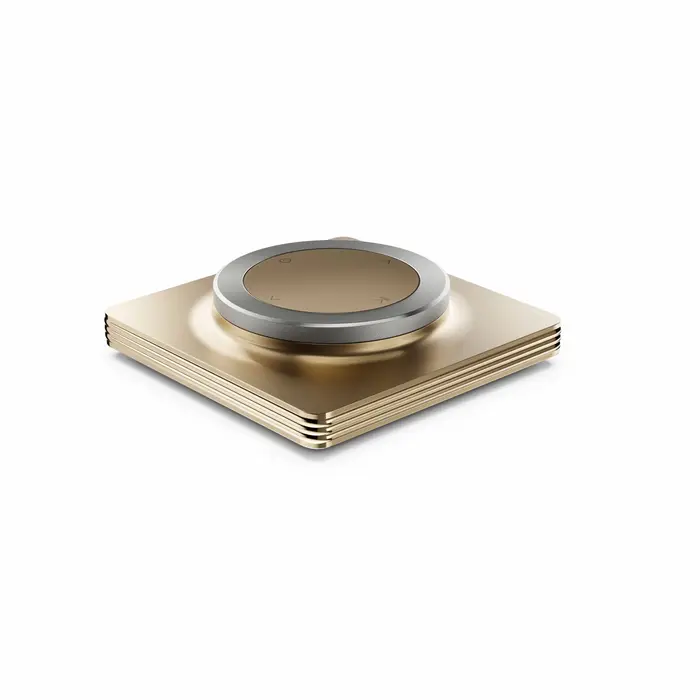
Devialet Astra: Features And Connectivity
The Devialet Astra is a “hybrid” integrated amplifier, which, according to Devialet, works by combining the linearity and refinement of analog amplification (Class A) and the power and compactness of digital amplification (Class D). This hybrid configuration produces 150 watts into 8 ohms, and a whopping 300 watts into 4 ohms. This hybrid approach isn’t new; the HiFi Rose RA280 and some Technics amplifiers also use a Class AD design.
On the back panel, two analog inputs are present, and they can also be configured into a moving magnet or a moving coil phono preamp. There are also two Coaxial and two optical inputs, a USB-C port, and an Ethernet port. You can reconfigure the physical inputs to a line out for a subwoofer or for connecting another amplifier. At $20000, Devialet should have added an HDMI port to the Astra, as most people use HDMI now.

You can adjust the EQ or reconfigure the inputs using the Devialet app or by using the advanced configurator that you can access online from your laptop or PC. Inside the app, you can also adjust the inputs to the exact specifications of your phono cartridge, which is something I’ve never seen before, and it makes a huge difference in vinyl playback.
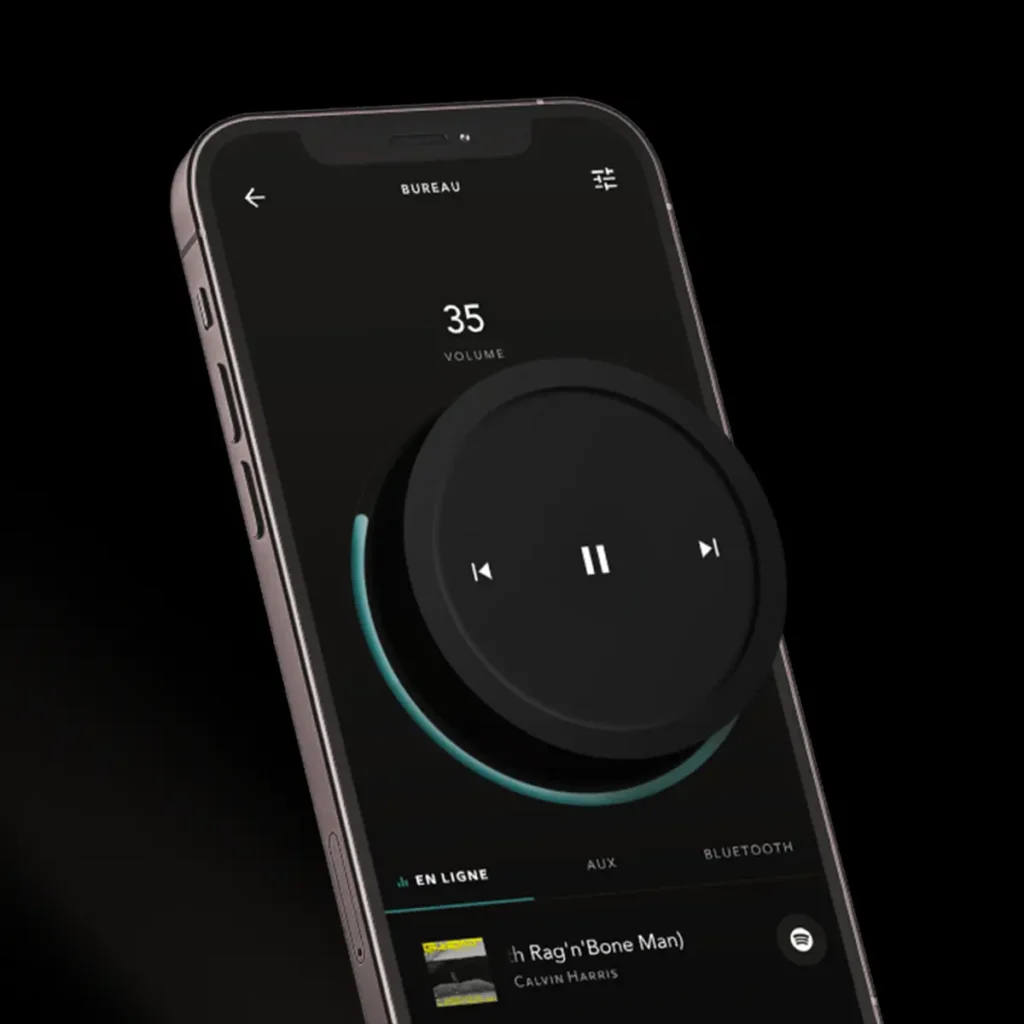
The Devialet Astra has WiFi and Bluetooth 5.3, it supports Spotify Connect, Tidal Connect, Google Cast (formerly Chromecast), Apple AirPlay, UPnP, and it is Roon Ready. I do wish they included more streaming platforms like Apple Music and Qobuz, and I also wanted some form of a Room EQ, and I hope that these little things get added in a firmware update.
One of the key features of the Astra is Speaker Active Matching (SAM). This technology precisely matches the audio output to the specifications of any connected passive speakers by minimizing the very small delays that can occur within the drivers of the speakers. This isn’t a process that happens automatically. Devialet collected a database of speakers they’ve measured, and then they made a profile of each speaker that can then be selected in the Devialet app. SAM has a large collection of speaker profiles, but there are some speakers that may not have been added yet.
Devialet Astra: Sound Quality
I connected the Astra to my Bowers & Wilkins 801 D4 Signatures, along with the Eversolo DMP-A10. The profile for my speakers was available in the SAM database, and the differences were very subtle and most noticeable in the bass. My speakers sounded deeper with SAM enabled, and that is the only difference I noticed.
The Devialet Astra is one of the best Class D amplifiers I have ever heard. This high-end integrated amplifier actually made me want to listen to it more and more, which is very high praise coming from me. It had a surprising amount of control over my speakers, and I got some incredibly articulate sound from them.

The bass was the lowest and deepest I’ve ever experienced, and I think it went below the 15 Hz rating of my speakers. The control and articulation in the low end was remarkable – tight, punchy, and never boomy or overwhelming, even when pushed to higher volumes.
The Devialet Astra truly shines across all genres, but it’s particularly impressive with complex, layered recordings. When I played the opening sequence of Top Gun: Maverick, specifically the aircraft carrier scenes, the amplifier delivered every detail with stunning precision. The roar of the F/A-18 engines had incredible weight and presence, while the subtle ambient sounds of deck crew communications and wind remained clearly audible in the background. The spatial imaging was so convincing that I could pinpoint exactly where each sound originated, from the steam hissing on the left to radio chatter floating above the mix.
Midrange performance is where the Astra really separates itself from the competition. Vocals have an almost holographic quality, detailed and present without ever becoming harsh or fatiguing. The amplifier excels at preserving the natural texture and timbre of instruments, whether it’s the gentle pluck of acoustic guitar strings or the metallic shimmer of cymbals. Dynamic range handling is exceptional too; the Astra effortlessly transitions from whisper-quiet passages to explosive crescendos without losing composure or detail.
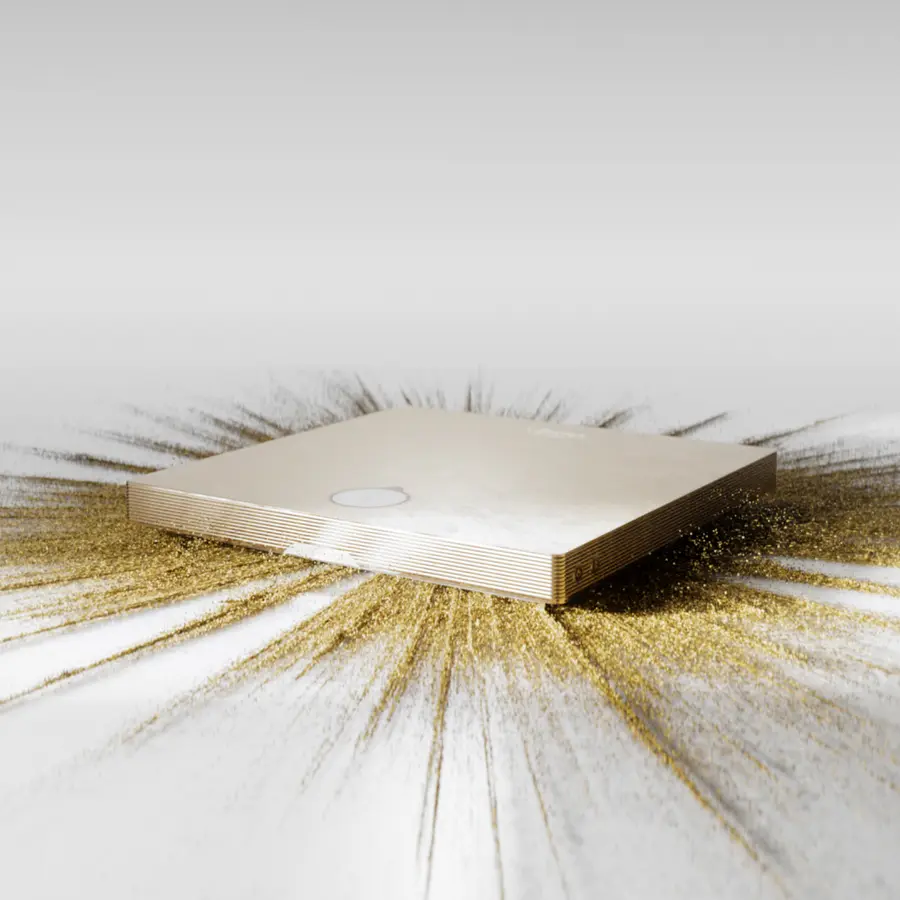
What impressed me most was the Astra’s ability to make every recording feel engaging and alive. Even familiar tracks revealed new details and nuances I hadn’t noticed before. The soundstage extends well beyond the physical boundaries of the speakers, creating an immersive listening experience that draws you deeper into the music. This isn’t just technical excellence; it’s an amplifier that makes you want to rediscover your entire music collection.
Verdict: Should You Buy The Devialet Astra?
The Devialet Astra is undeniably expensive at $20,000, but it delivers performance that justifies its premium price tag. This is an amplifier for serious audiophiles who want cutting-edge technology wrapped in stunning French design. The combination of hybrid Class AD amplification, Speaker Active Matching, and comprehensive connectivity makes it incredibly versatile, while the sound quality is simply outstanding. I only had three quirks, two of which can be addressed in a firmware update. If you have high-end speakers and the budget to match, the Devialet Astra will transform your listening experience.
